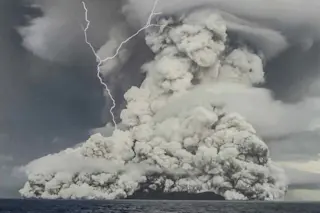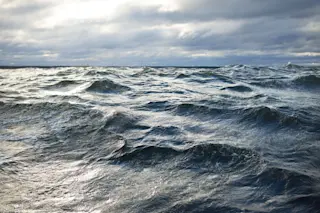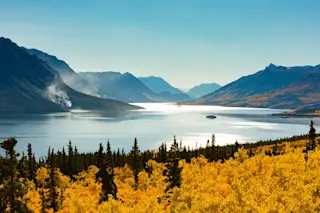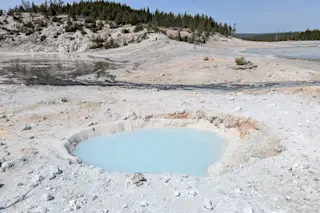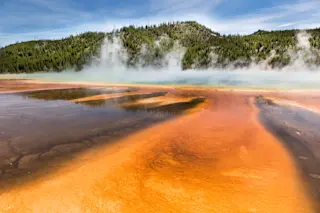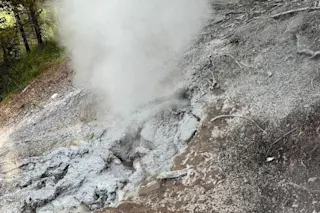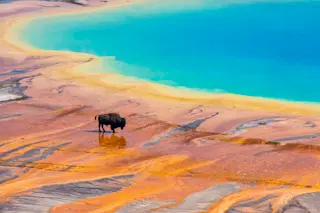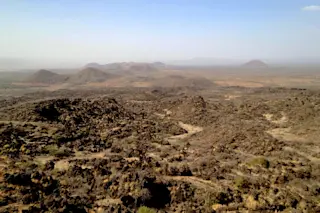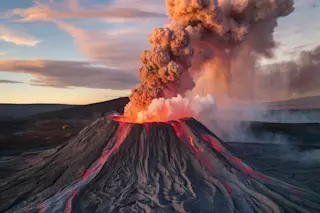2022 started off with a literal bang. The eruption of Hunga Tonga-Hunga Ha'apai was one of the most powerful blasts in decades, with some evidence that the plume it produced reached space. As impressive as the Tongan eruption might be, it was part of the normal volcanic activity our planet experiences each year. So, just how volcanically active is the planet?
I get a lot of questions about whether volcanic activity on Earth is increasing. Sometimes it can feel that way, especially when a big eruption makes the headlines and people begin to notice other volcanoes. Just last month, Mauna Loa In Hawai'i began erupting again for the first time in almost 40 years. When people discovered that Kīlauea, right next door to Mauna Loa, was erupting at the same time, there was always a question about whether this was normal. Based on the record of volcanism on the Big ...


